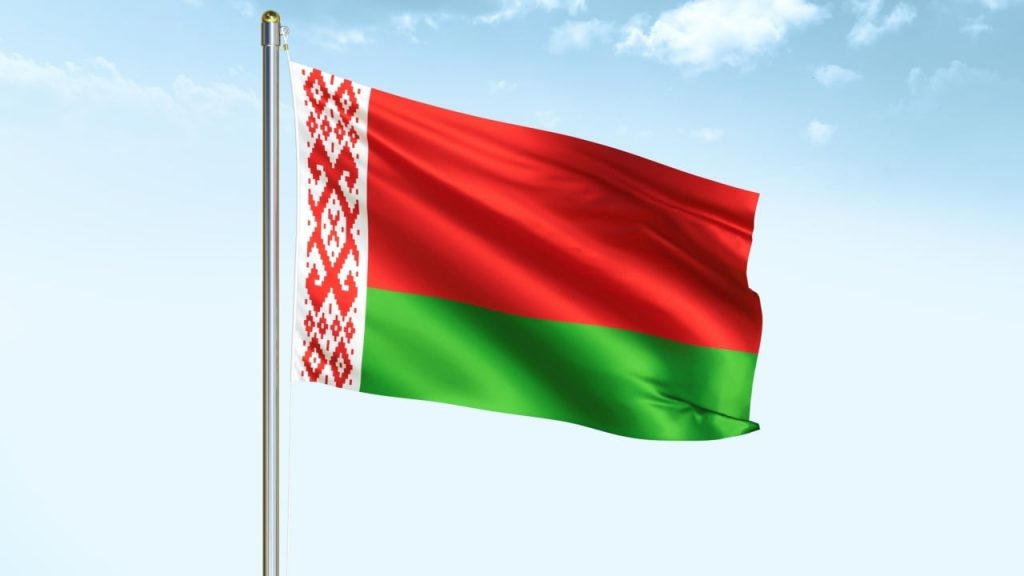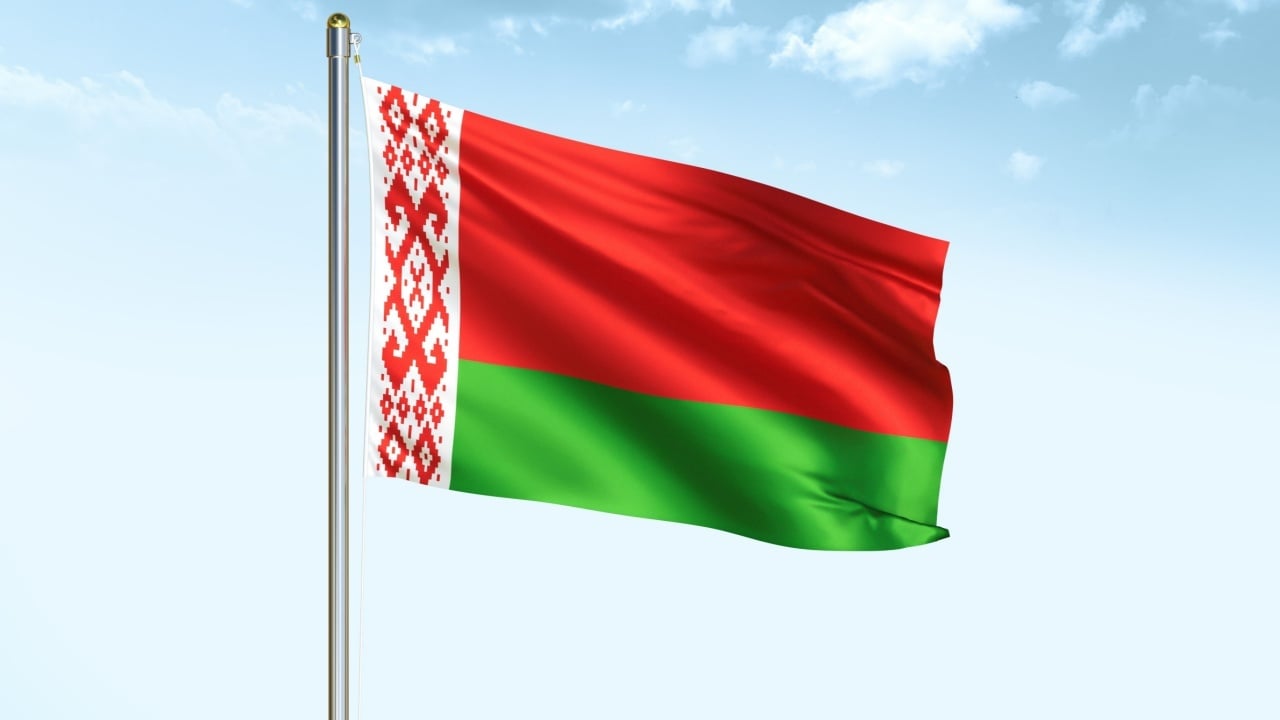
The Digital Ruble and BRICS: A Paradigm Shift in Global Finance?
The global financial landscape is undergoing a profound transformation, driven by the rapid advancement and adoption of digital currencies. This shift is particularly significant for nations seeking greater financial sovereignty and independence from traditional Western-dominated systems. Belarus, strategically positioned at the crossroads of Europe and Asia, is emerging as a key player in this evolving narrative. Its proposed integration of digital currencies within the BRICS economic bloc has the potential to reshape international trade, challenge the dominance of the US dollar, and foster a more decentralized and equitable global financial order.
Belarus’s Bold Leap: The Digital Ruble
Belarus is making significant strides in the realm of digital finance, with plans to officially launch its Central Bank Digital Currency (CBDC), the digital ruble, by the second half of 2026. This move is not merely a technological upgrade but a strategic maneuver to enhance the nation’s financial infrastructure and foster greater economic integration with its partners, particularly within the BRICS framework.
The digital ruble promises a range of benefits, including enhanced efficiency, increased transparency, financial inclusion, and greater control over monetary policy. By streamlining transactions, reducing processing times, and lowering costs, the digital ruble can significantly improve the efficiency of Belarus’s financial system. Additionally, blockchain technology, which often underlies CBDCs, offers enhanced transparency and traceability, reducing the risk of fraud and illicit activities. This can be particularly beneficial for Belarus, which has faced international sanctions and financial restrictions in the past.
Moreover, the digital ruble can extend financial services to underserved populations, providing access to banking and payment solutions for those excluded from traditional systems. This can help promote financial inclusion and economic growth within the country. By issuing its own digital currency, Belarus gains greater control over its monetary policy and reduces its reliance on foreign currencies, which can enhance its financial sovereignty and resilience.
BRICS: A Bloc United by Financial Independence
The BRICS nations (Brazil, Russia, India, China, and South Africa) have long sought to reduce their dependence on the US dollar and Western-dominated financial institutions. This desire for greater financial sovereignty has led them to explore alternative payment systems, trade in national currencies, and the potential creation of a common BRICS currency.
Belarus’s proposal to integrate digital currency platforms within the BRICS settlement system aligns perfectly with this objective. By leveraging digital currencies, the BRICS nations can bypass sanctions, promote trade in national currencies, and establish a parallel financial infrastructure that operates independently of Western control. This can help reduce the bloc’s vulnerability to external financial pressures and enhance its economic resilience.
The integration of digital currencies within the BRICS settlement system can also foster greater economic cooperation and integration within the bloc. By facilitating direct transactions between BRICS nations in their respective national currencies, digital currencies can reduce the need for US dollar intermediation and promote trade and investment among the member states. This can lead to increased economic growth and development within the BRICS nations.
Integrating Digital Currencies: Opportunities and Challenges
The integration of digital currencies within the BRICS settlement system presents both significant opportunities and challenges. On the one hand, digital currencies can enhance economic ties, reduce transaction costs, increase efficiency, and promote financial inclusion within the bloc. On the other hand, integrating digital currency platforms requires a harmonized regulatory framework, technological interoperability, robust security measures, and widespread adoption and acceptance by businesses and individuals.
One of the key challenges is regulatory harmonization. The BRICS nations have differing legal and policy environments, which can make it difficult to establish a harmonized regulatory framework for digital currencies. However, this challenge can be overcome through close cooperation and coordination among the member states, as well as the development of common standards and best practices.
Another challenge is technological interoperability. Ensuring that different digital currency platforms can seamlessly interact with each other is crucial for successful integration. This requires the development of common technical standards and protocols, as well as the establishment of robust infrastructure to support cross-border transactions. The BRICS nations can leverage their existing technological capabilities and expertise to address this challenge and promote interoperability among their digital currency platforms.
Security and cybersecurity are also critical concerns. Digital currency platforms must be secure and resilient to cyberattacks, which pose a significant threat to the integrity of the system. The BRICS nations can collaborate to develop robust security measures and cybersecurity protocols to protect their digital currency platforms from potential threats. This can help build trust and confidence in the system and promote its widespread adoption and acceptance.
The Potential Impact on the US Dollar
The rise of digital currencies and the BRICS’ efforts to create an alternative financial system pose a potential challenge to the dominance of the US dollar. For decades, the US dollar has been the world’s reserve currency, used in the majority of international transactions and held by central banks around the globe. However, the growing dissatisfaction with the US dollar’s hegemony, coupled with the increasing adoption of digital currencies, could erode its dominance over time.
If the BRICS nations successfully create a viable alternative financial system based on digital currencies, it could lead to a reduction in the demand for US dollars in international transactions. Central banks may begin to diversify their reserves away from US dollars and into other currencies, including digital currencies. This could weaken the US’s economic and political influence on the global stage and contribute to the emergence of a more multipolar financial world.
The potential challenge to the US dollar’s dominance is not just a matter of economic competition but also a geopolitical issue. The US dollar’s hegemony has been a key tool of US influence and power in the global arena. A decline in the US dollar’s dominance could weaken the US’s ability to impose sanctions, influence international trade, and shape global financial policies. This could have significant implications for the global balance of power and the future of international relations.
Beyond De-Dollarization: A Multipolar Financial World
While the potential challenge to the US dollar is a significant aspect of this transformation, the broader implications extend far beyond de-dollarization. The rise of digital currencies and the BRICS’ efforts to create an alternative financial system are contributing to the emergence of a multipolar financial world, where power is more evenly distributed among nations.
This shift could lead to a more equitable and stable global financial order, where developing nations have a greater voice in shaping the global financial agenda. The BRICS nations, representing a significant portion of the world’s population and economic output, can play a greater role in promoting financial innovation and fostering competition among different financial systems. This can lead to better financial products and services for businesses and individuals around the world.
Moreover, a more diversified financial system can be more resilient to shocks and less prone to systemic crises. The current global financial system is heavily concentrated in a few Western-dominated institutions and currencies, which makes it vulnerable to shocks and crises. A more multipolar financial world can help reduce this vulnerability and promote greater stability and resilience in the global financial system.
Conclusion: A Future Forged in Code
The integration of digital currencies within the BRICS settlement system is not just a technological upgrade; it’s a geopolitical game-changer. Belarus’s proactive role in this movement highlights the growing desire for financial independence and a more equitable global financial order. While challenges remain, the potential benefits are immense, promising a future where nations are empowered, economies are interconnected, and the global financial landscape is reshaped by the transformative power of digital currencies. The journey has begun, and the world is watching as the BRICS nations, led by innovative players like Belarus, forge a new path towards a multipolar financial future. The future of finance is being written in code, and the implications are profound.





